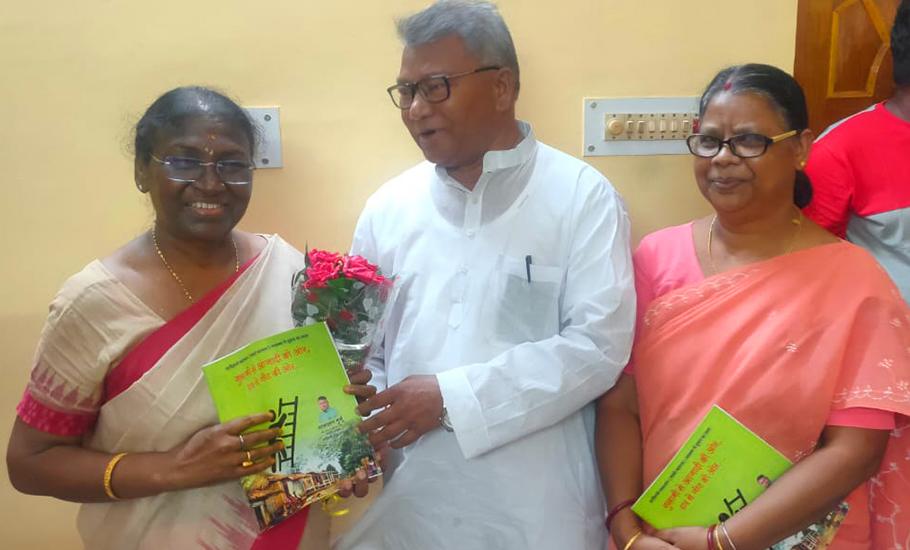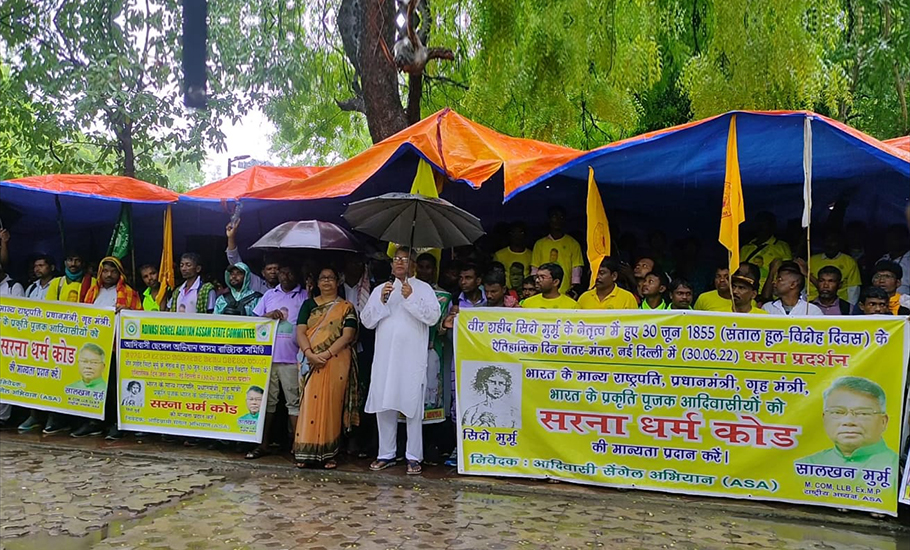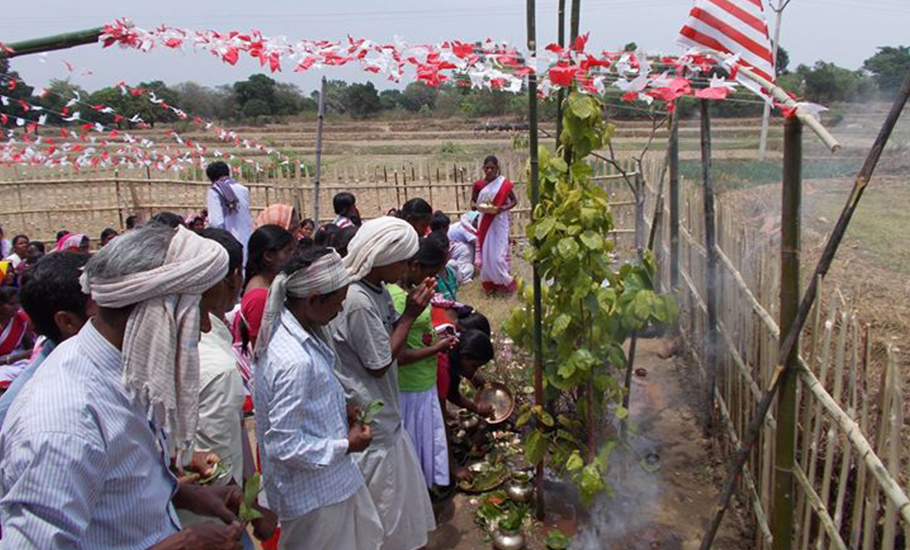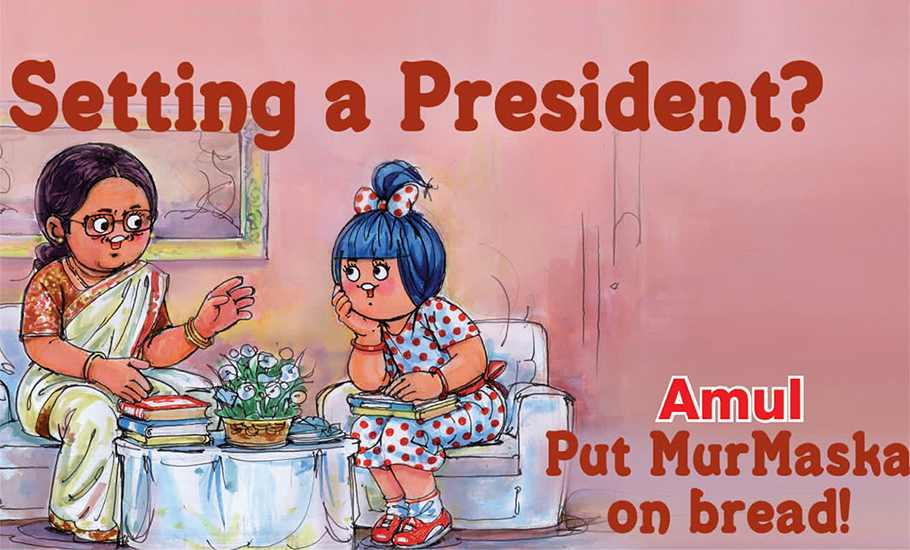
- Home
- India
- World
- Premium
- THE FEDERAL SPECIAL
- Analysis
- States
- Perspective
- Videos
- Sports
- Education
- Entertainment
- Elections
- Features
- Health
- Business
- Series
- In memoriam: Sheikh Mujibur Rahman
- Bishnoi's Men
- NEET TANGLE
- Economy Series
- Earth Day
- Kashmir’s Frozen Turbulence
- India@75
- The legend of Ramjanmabhoomi
- Liberalisation@30
- How to tame a dragon
- Celebrating biodiversity
- Farm Matters
- 50 days of solitude
- Bringing Migrants Home
- Budget 2020
- Jharkhand Votes
- The Federal Investigates
- The Federal Impact
- Vanishing Sand
- Gandhi @ 150
- Andhra Today
- Field report
- Operation Gulmarg
- Pandemic @1 Mn in India
- The Federal Year-End
- The Zero Year
- Science
- Brand studio
- Newsletter
- Elections 2024
- Events
- Home
- IndiaIndia
- World
- Analysis
- StatesStates
- PerspectivePerspective
- VideosVideos
- Sports
- Education
- Entertainment
- ElectionsElections
- Features
- Health
- BusinessBusiness
- Premium
- Loading...
Premium - Events

What Droupadi Murmu’s elevation as President means for Sarna dharma

On July 21, there was a new spring in Khokon Mardi’s steps. Waiting inside his modest home in Bengal’s Birbhum, the 40-year-old indgenous rights activist could barely contain his excitement as counting of votes for the presidential election began in Delhi. Not too long after, a few hundred kilometres away from Mardi’s home, a group of villagers erupted in collective cheer. Marang Buru,...
On July 21, there was a new spring in Khokon Mardi’s steps. Waiting inside his modest home in Bengal’s Birbhum, the 40-year-old indgenous rights activist could barely contain his excitement as counting of votes for the presidential election began in Delhi.
Not too long after, a few hundred kilometres away from Mardi’s home, a group of villagers erupted in collective cheer. Marang Buru, the village deity who resides deep in the sacred groves, had finally answered their prayers as Droupadi Murmu was elected the 15th president of India.
With that, Murmu also became the youngest ever to hold the country’s highest office and the first President from one of the adivasi communities. Many have declared the development a triumph of tribal political aspirations and a breakthrough moment for the community, long neglected and exploited under several governments. Ever since the declaration of her candidature, the long-standing demand to recognise ‘Sarna’ as a separate religion of indigenous communities also started gaining traction.
A new dawn
Just about a week after the BJP-led National Democratic Alliance (NDA) announced Murmu as its presidential candidate, nearly 1,000 people gathered at New Delhi’s Jantar Mantar on June 30 to stage a demonstration. The event was organised to mark the anniversary of the beginning of the Santhal Rebellion against the British on June 30, 1855.
The group, under the aegis of the Adivasi Sengel Abhiyan (ASA) or the Tribal Empowerment Campaign, came from 250 tribal-dominated blocks spread over 50 districts of Jharkhand, Bihar, Odisha, West Bengal and Assam. Gathered at Janta Mantar, braving the monsoon rains, they saw Murmu’s elevation as a step towards the fulfilment of their demand — a separate religious code for ‘Sarna’ in the upcoming census.

Salkhan Murmu sounds nothing but optimistic. “With Droupadi Murmu becoming the President of India, tribal issues will get more attention and our demand for the separate religion will get a renewed focus,” says Murmu, president of the ASA.
Another influential tribal organisation, Akhil Bharatiya Adivasi Vikas Parishad (ABAVP), has also been holding consultative meetings among tribal leaders, social groups and other stakeholders to mobilise support for a separate code for the tribal religion in the Census.
While the demand has gained momentum, there is also a counter-mobilisation by the Rashtriya Swayamsevak Sangh (RSS) affiliates to project adivasis as part of the larger Hindu fold.
Counter-mobilisation
Just a few days after the Jantar Mantar demonstration, another group of tribal people marched through the streets of Jharkhand’s Khunti, centre of the historic Birsa movement, demanding that those who converted to any other religion must be stripped of their Scheduled Tribe (ST) status that entitles them to reservation in jobs, education and legislative bodies.
The demand though was not new. It was ironically first raised in 1968 by Congress parliamentarian Karthik Oraon. The Congress leader argued that the converts were the ones mainly gaining from reservation benefits. The contention got a renewed push after Murmu’s nomination to the top post.
Backed by the RSS, the Janjati Suraksha Manch (JSM) plans to hold a series of rallies in the coming months in tribal areas across the country.
A senior JSM member, Sharad Chavan, says Article 342 of the Constitution, under which reservation is given to the ST communities, should be amended on the lines of Article 341, which pertains to the reservation of Scheduled Castes.
Article 341 states that the SC status of a person will cease to exist if he or she converts to another religion.
The counter campaign by the JSM became imperative for the Hindutva project as nearly 50 lakh tribal people mentioned their religion as ‘Sarna’ in the Other Religions and Persuasions (ORP) category during the 2011 Census.
Around 79 lakh people ticked the ORP column in the Census form, which is 0.7 per cent of the country’s total population. The figure is almost equal to the Buddhist population and higher than the Jains in the country.
What has now become a matter of greater concern for the saffron brigade is the steady rise in the number of people who identify themselves as ORP. In 2001, they constituted 0.43 per cent of the population, slightly less than the 0.46 per cent Jain population.
In the Census form, there are eight categories to define a person’s religious affiliation – Hindu, Muslim, Sikh, Christian, Jain, Buddhist, unaffiliated (atheists) and ORP.
The RSS has been maintaining that all tribal people are Hindus and that their religious practices are just an extension of the Sanatan Dharma tradition, a claim strongly refuted by many adivasis.
“We should not be misconstrued as Hindus because of some similarities in rituals of the two faiths. Such similarities exist in other religions as well. For instance, there are a lot of similarities in the Buddhist and Hindu ways of worshiping, does that mean the two are the same?” asked Salkhan Murmu, former BJP MP from Odisha’s Mayurbhanj Lok Sabha constituency.
‘Sarna dharma is not Hinduism’
Jal, jangal, zameen (water, forest and land) are the holy grail of this tribal religion which revolves around worshipping nature.

Adherents of the religion believe that their village deity, Marang Buru, who is also called Gram Deoti or Gaon Khunt, lives in a sacred tea grove and hence it is a place of worship. This place of worship is called Sarna or Jaher and can be found in almost all the tribal villages. Significantly, there are no idols placed in the place. “We worship nature and not idols. We follow natural laws. There is also no Varna system in our society,” former Jharkhand minister and a prominent tribal leader Geetashree Oraon tells The Federal.
The more visible marker of distinctiveness, however, can be seen along the highways as one travels through the tribal-dominated areas of Jharkhand, Bihar, Odisha, Bengal and Assam.
The areas dominated by red and white striped flags are those inhabited by the followers of Sarna. The tribal people, who identify themselves as Hindu, assert their identity under saffron flags with images of Hindu gods and goddesses inscribed on them.
A rainbow of indigenous faiths
However, not all adivasis in India who do not consider themselves as Hindus are followers of the Sarna dharma.
The indigenous faith is followed by adivasis primarily in the states of Jharkhand, Bihar, Odisha, Assam and Chhattisgarh. There are other indigenous faiths as well such as Koyapunem, followed by most Gonds, and Sonatan, practised by many Bhils. The presence of many different faiths also means differences among the tribal bodies over the generic nomenclature for the indigenous faiths. While the ASA wants everything to be clubbed as Sarna, as majority of the 781 adivasi sub-clans follow it, the ABAVP says it should be a general term like “adivasi dharma”.
There is, however, a broader consensus about the need to recognise tribal faiths as an exclusive religion by granting them a separate religious code in the Census.
In 2020, the Jharkhand Assembly unanimously passed a resolution seeking the inclusion of ‘Sarna’ as a separate religion in the upcoming Census. In a move clearly meant to counter the BJP’s tribal outreach, the West Bengal government, too, has decided to table a bill in the Assembly soon in this regard and send a proposal to the Centre to recognise Sarna, also referred to as Sari in some parts of the state, as a distinct religion.
While Murmu’s elevation to the top post has sparked new hopes across tribal pockets, the President, too, seems to have kicked-off her journey on the right foot when she started her swearing-in speech with a ‘Johar’ greeting. Johar is a traditional form of greeting among the tribal communities of Jharkhand, Chhattisgarh, West Bengal and Odisha.
Even in her first tweet as President, she greeted the people of India extending ‘Johar, Namaskar’.
However, it’s only the next five years that will decide if she proves to be a harbinger of the much-expected tribal empowerment, sengel as they call it, or gets caught in the vortex of identity politics.

Back in Birbhum, those rooting for her are hopeful that she won’t end up being just “Maska on Bread”, as a cheeky Amul advertisement put it after Murmu’s nomination as NDA’s presidential candidate.
“Setting a President? Put MurMaska on Bread,” read the Amul one-liner.
